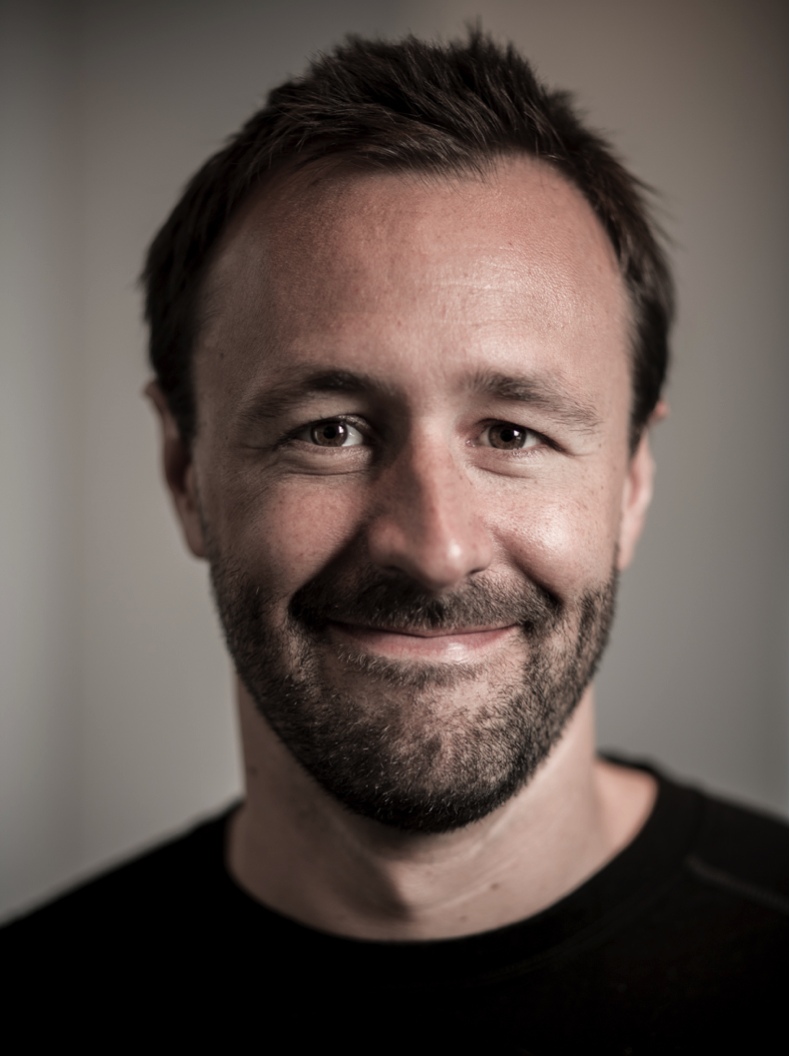
|
Rick DeVos
On a brisk, clear morning in April 2009, Rick DeVos announced a bold new “social experiment.” He was going to give away the world’s largest art prize based solely on a public vote. DeVos said the event would take over downtown Grand Rapids, Michigan, that fall. As it turned out, that was just the beginning.
Radically open by design, ArtPrize® was conceived as a disruption of the traditional top-down art contest—a totally new type of event. Any artist in the world could compete; anyone with property in downtown Grand Rapids could turn their space into a venue; and any visitor could vote for their favorite artwork.
Event organizers would provide no selection committees or curators. And the largest cash prize in the art world would be awarded entirely by popular vote. With voting on the Internet or on mobile devices, the votes would be tallied quickly, enabling voters to track the standing of favored artwork online in real time. How would this affect the winners? The city? The art community? No one could say. This had never been done before.
The radical openness of the idea exhilarated some and drew heavy criticism from others. If the experiment worked, ArtPrize would be the grandest exhibition in a city’s history, transforming every possible space to create an art competition and social catalyst on an unprecedented scale. But that was a big “if”.
On opening day (September 23, 2009), 159 venue owners opened their spaces to display the entries of 1,262 artists from 41 states and 14 countries. Neither the organizers nor the city were prepared for the massive public response. By the first Sunday, restaurants had run out of food. By the next Sunday, hotels had run out of rooms. On the final day of the event, a line to see the winning piece stretched down the street for over two blocks. Ultimately, the venue with the winning piece would host over 80,000 visitors, while the number of total event visitors topped 200,000. Total votes cast during the event: 334,219.
When the results came in, Brooklyn artist, Ran Ortner, won the top prize of $250,000 for his large-scale painting of oceanic waves, Open Water No. 24.
On October 7, Ortner was an artist who couldn't pay his phone bill. On October 8, Ortner was in every major newspaper in the world. He had the world's largest art prize under his belt, had sold two additional paintings, and earned three more commissions. Ran Ortner's winning work, Open Water No. 24, is on display at the Reserve Wine Bar & Restaurant in Grand Rapids, MI.
Chicago muralist Tracy Van Duinen took the $100,000 second place prize for his bricolage mural on the Grand Rapids Children’s Museum. Traverse City, MI artist Eric Daigh took the $50,000 third place prize for his push-pin portraits.
The experiment worked. Since 2009, ArtPrize has continued to grow and evolve, drawing artists and visitors from all over the world to experience a community event that’s become impossible to ignore.
|